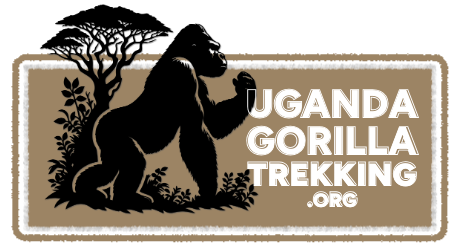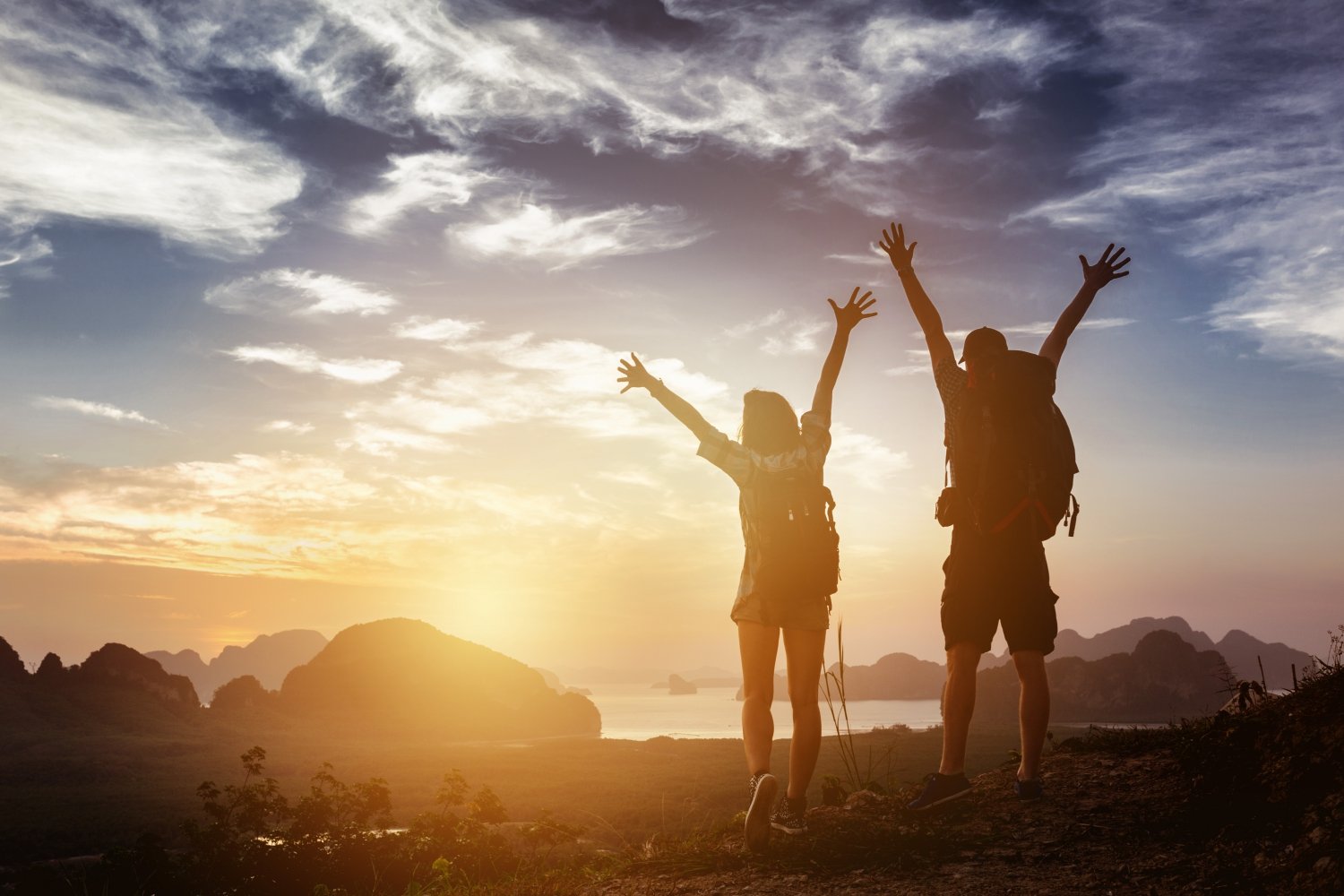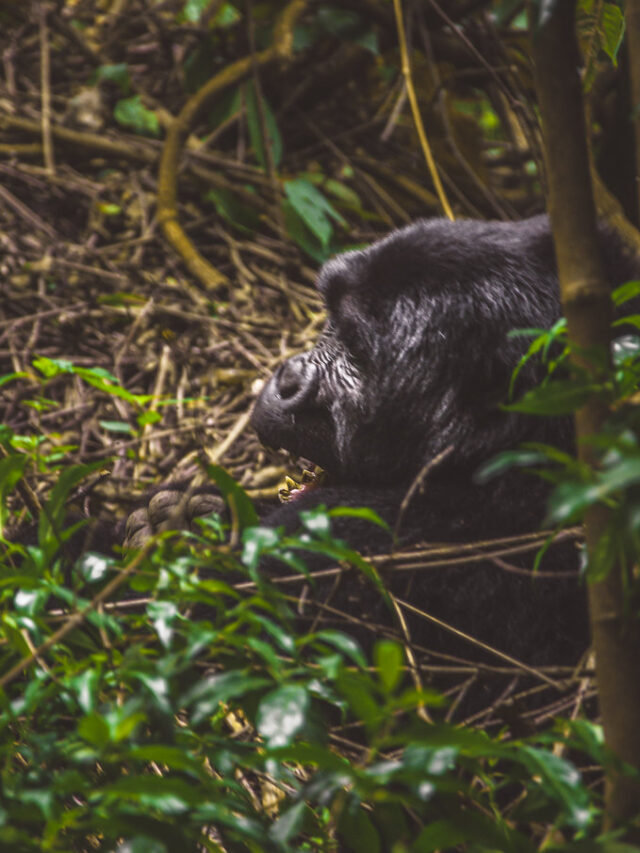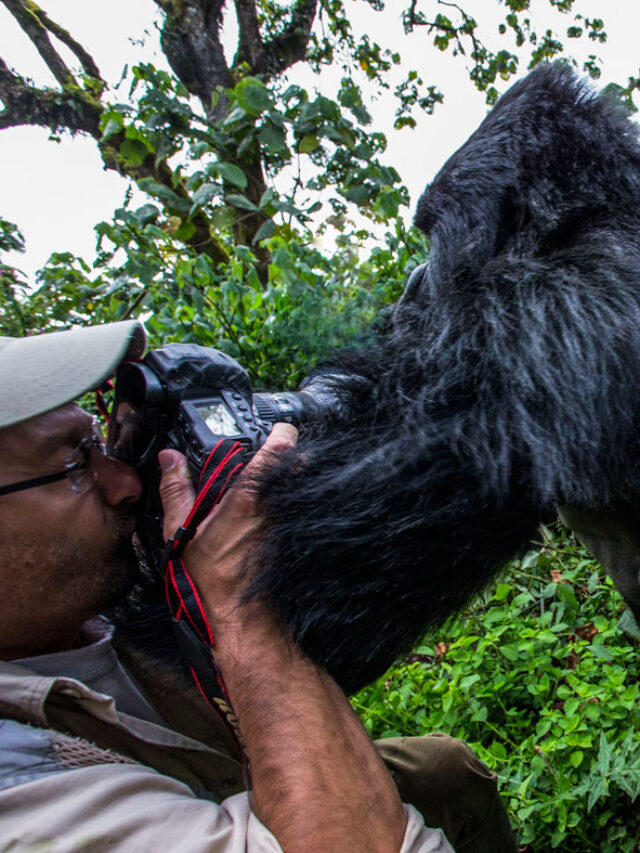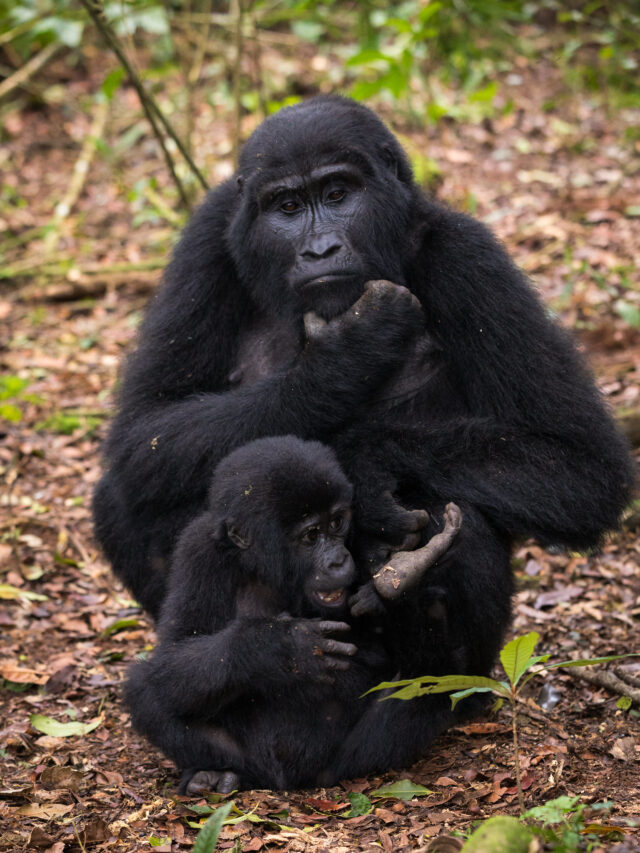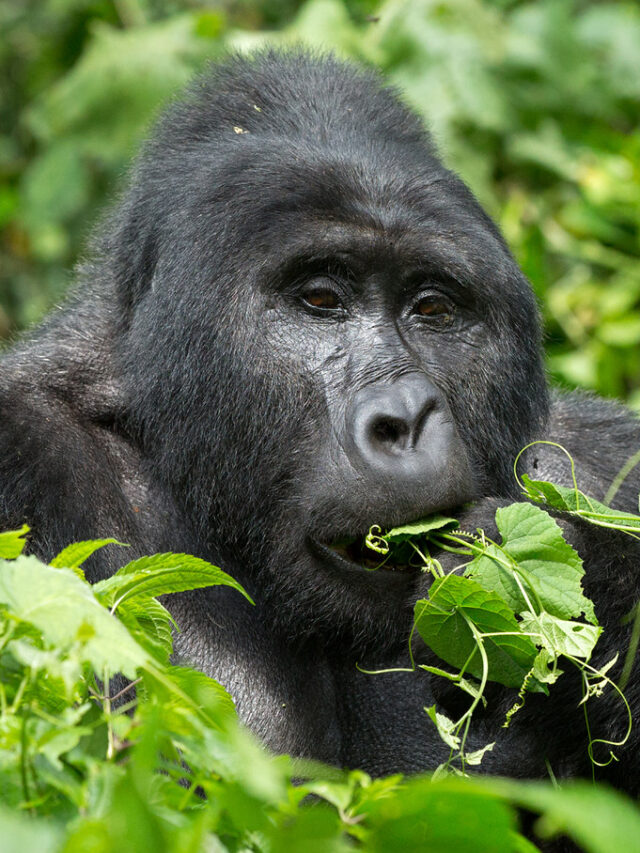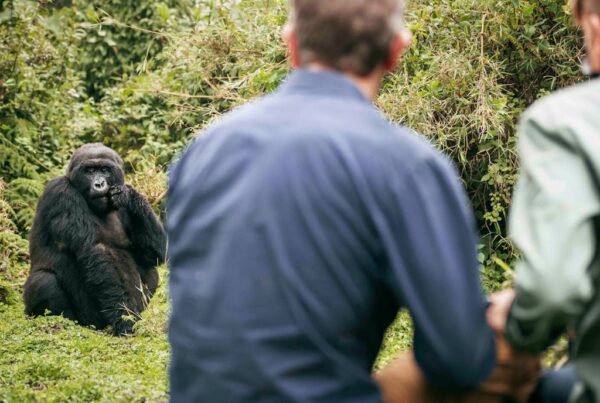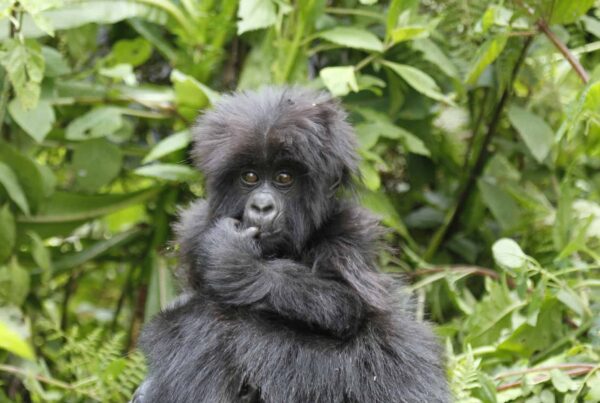Uganda Unpacked: The Ultimate Backpacker’s Travel Guide
Uganda, often called The Pearl of Africa, is one of those rare destinations that blend raw adventure with unfiltered beauty. For backpackers seeking an authentic African journey — one filled with misty mountains, friendly faces, wild encounters, and spontaneous discoveries — Uganda is a land that rewards the curious and the bold. This crash course travel guide is designed to help you navigate the essentials, from transport and budget stays to trekking, culture, and those once-in-a-lifetime experiences that define the backpacking trail across Uganda.
Arrival and Getting Around Uganda
Most travelers arrive via Entebbe International Airport, about 45 minutes from the capital, Kampala. Backpackers usually head straight to Kampala’s hostels, like Red Chilli Hideaway or Bushpig Backpackers, to meet fellow travelers and plan their routes. From there, buses, matatus (shared minibuses), and motorbike taxis known as boda-bodas connect every corner of the country.
For long-distance travel, the backpacker trail often follows a circular route: Kampala – Jinja – Sipi Falls – Moroto – Murchison Falls – Fort Portal – Queen Elizabeth – Bwindi – Lake Bunyonyi – Kisoro – back to Kampala. This loop takes in most of Uganda’s major highlights, with buses like Post Bus or Link Bus offering cheap, reliable options.
If you prefer flexibility, car hire or boda rentals are available, but Uganda’s roads can be rough — so be prepared for potholes, red dust, and the occasional goat traffic jam.
Budget Stays and Backpacker Hotspots
Uganda has a surprisingly good network of budget lodges, campsites, and backpacker hostels. Around Entebbe and Kampala, expect dorms for $10–$20 and private rooms from $25–$40. In Jinja — the adventure capital — places like The Nile River Camp and Nile River Explorers offer scenic camping spots and lively bars overlooking the Nile.
In the west, Fort Portal has a laid-back backpacker vibe with crater lake lodges surrounded by tea fields. Down south, Lake Bunyonyi is a dreamy retreat for those craving calm — dotted with budget lodges like Byoona Amagara or Crater Bay Cottages where you can swim, kayak, or just read by the lakeshore.
If gorilla trekking brings you to Bwindi or Mgahinga, several budget-friendly options exist in Buhoma, Ruhija, and Kisoro — simple huts and bandas where you can rest your legs after a day in the rainforest.
Adventures for Every Backpacker
Uganda is a country that constantly surprises, offering more than just gorillas. Every region holds a thrill:
White-Water Rafting on the Nile: Jinja’s rapids are world-famous, offering Grade 5 adventures that test your nerve and leave you soaked in adrenaline and laughter.
Hiking Sipi Falls: A trio of waterfalls cascades down the slopes of Mount Elgon, offering epic treks, abseiling adventures, and local coffee tours.
Wildlife Safaris on a Budget: Skip the pricey luxury lodges — join shared game drives in Murchison Falls or Queen Elizabeth National Park, or take a self-drive with camping gear. You’ll spot elephants, lions, giraffes, hippos, and more.
Gorilla Trekking: The bucket-list experience in Bwindi Impenetrable Forest or Mgahinga Gorilla National Park. While permits are expensive (about $800), it’s possible to find discounts during the low season or join group tours to cut costs.
Cultural Experiences: Visit the Batwa pygmy communities, hike with Karamojong warriors in Moroto, or learn to make banana gin with locals in western Uganda. Ugandans are warm and curious — spontaneous conversations often lead to lifelong memories.
Food, Culture, and Everyday Life
Backpacking in Uganda means diving into local flavors. Street food is cheap and tasty — try rolex (an omelet rolled in chapati), matoke (cooked plantain), and luwombo (stew wrapped in banana leaves). In rural areas, you’ll find small eateries called “kafundas” serving traditional meals for just a few dollars.
Ugandans are famously friendly and welcoming. English is widely spoken, and basic greetings in Luganda — Oli otya? (How are you?) — go a long way. Most backpackers find the pace of life slow, the humor infectious, and the sense of safety surprisingly high compared to other regions.
Money, Safety, and Travel Tips
Uganda’s currency is the Ugandan Shilling (UGX), and cash remains king. ATMs are available in most towns, though always carry some emergency cash when heading into remote regions. Budget travelers can survive comfortably on $40–60 a day, covering meals, accommodation, and transport.
Safety-wise, Uganda is one of East Africa’s most stable countries. Common sense applies — avoid walking alone at night in cities, and secure your valuables in crowded places. Outside urban centers, crime is rare and locals are protective of visitors.
The climate is mild year-round, but rains peak between March–May and October–November. Bring waterproof gear and sturdy hiking shoes if you plan to trek.
Why Backpack Uganda?
Uganda is often overshadowed by its neighbors — Kenya’s savannahs and Tanzania’s Serengeti — yet it offers something rawer, wilder, and more human. Here, nature and culture intertwine seamlessly. You can track gorillas in the morning, raft the Nile in the afternoon, and share a fire under a starlit sky with locals by night.
This is not a country of polished tourism. It’s a land where your backpack gets muddy, where buses break down but everyone laughs, and where every journey feels like an adventure unfolding in real-time. For true travelers, Uganda is not just a destination — it’s a revelation.
